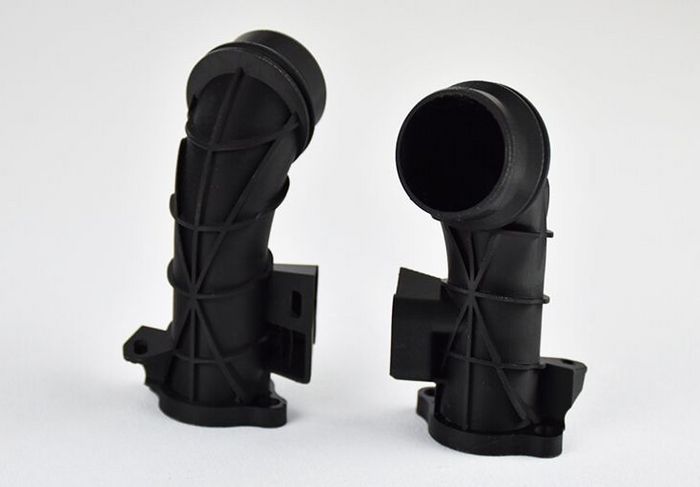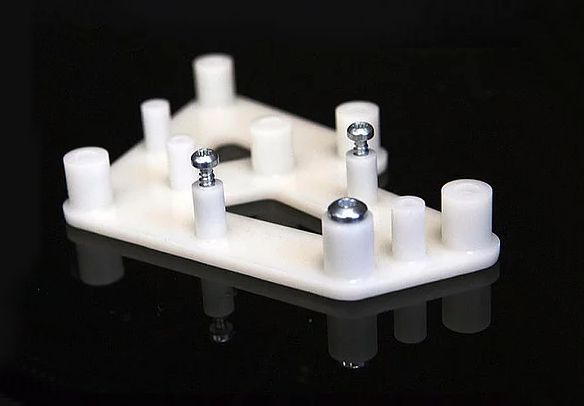Applications
Several applications, it depends on the material used, see text about materials on this site below.
Advantages
- High level of detail
- Very good surface quality
- Hollowed components are printable
- Material diversity
- Print speed: quickly available, lower unit price
Newly available: Digital Light Processing (DLP) for precise series components
Digital Light Processing (DLP) is a 3D printing process similar to Stereolithography (SLA), which offers the advantage of higher surface quality and detail accuracy. The quality of the 3D printed components is comparable to that of conventional injection moulding. Additionally, components are printed much more quickly, which is optimal for additive series production.
Now available on the Jellypipe platform this additive manufacturing technology is suitable for a wide range of applications including spare parts and prototypes, injection moulding, thermoforming and series components in the range of 100 to 1000+ pieces.
Difference in the curing of additive manufacturing
In the DLP process, the resin is cured simultaneously on the entire print surface by arranging UV light sources. Using the SLA process, a laser cures the material step by step, which takes much longer. Due to the increased printing speed (up to 1cm/min in the Z-axis), the unit prices for additive manufacturing with DLP are significantly lower, but the quality is higher. Optimally suited to produce components in series and a real alternative to injection moulding. The 3D printer manufacturer Nexa refers to the DLP process as Lubricant-Sublayer-Photo-Curing (LSPC).
Design guidelines for DLP:
Please take into account the following rules when designing a component for DLP printing:
- Minimum wall thickness: 1 mm
- Lettering and surface details: min. 0.5 mm
- Minimum diameter of holes: 1 mm
- Tolerances: ±0.2%, min. ±0.1 mm (however, strongly depending on geometry and material)
- Components must not have any closed cavities, otherwise the resin cannot drain off.
- In this process, support structures are used for overhangs. These support structures are removed during production, on this sides, the surface may be of lower quality
- Components are aligned to optimise installation space
- For special requirements, please submit an individual enquiry









